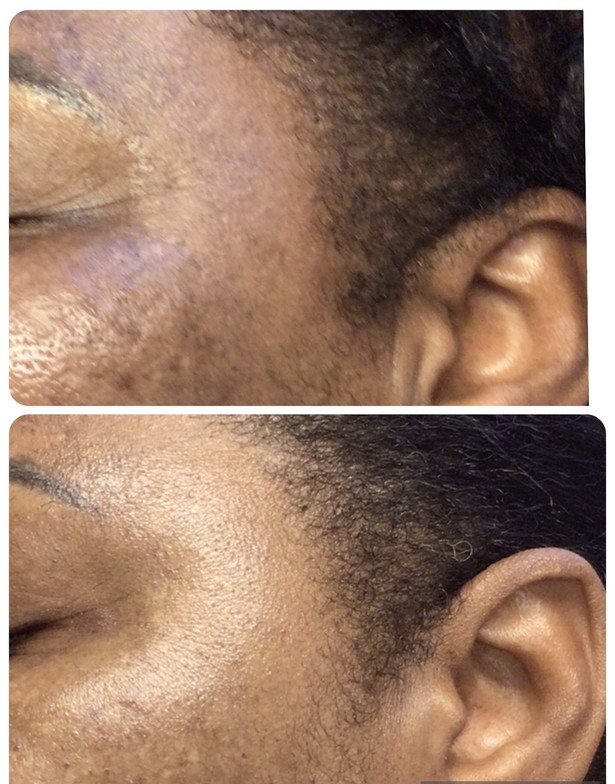
Melasma is one of the most common skin concerns we see—and also one of the most frustrating. Often referred to as “the mask of pregnancy,” melasma presents as patchy areas of brown or gray-brown pigmentation on the skin. While harmless, it can affect confidence and be difficult to manage without professional guidance. In this blog, we’ll break down what melasma is, why it develops, and the most effective ways to treat it, both at home and with professional help.
What Is Melasma? Melasma is a type of hyperpigmentation where the skin produces excess melanin (pigment). It most often appears on the cheeks, forehead, nose, upper lip, and chin. The patches tend to be symmetrical and can range in intensity from faint to very noticeable.
How and When Melasma Develops
Melasma can affect anyone, but it’s most common in women of reproductive age.
Common triggers include:
• Hormones: Pregnancy, birth control, or hormone replacement therapy can stimulate pigment cells.
• Sun exposure: UV rays are the biggest culprit—melasma often darkens or returns after time in the sun.
• Genetics: A family history of melasma increases your risk.
• Skin type: People with medium to darker skin tones are more prone to melasma. It typically develops gradually and can worsen seasonally—often appearing darker in summer and lighter in winter.
Characteristics of Melasma
• Brown or gray-brown patches
• Usually symmetrical
• Commonly found on the face, but can also appear on the neck or forearms
• Can fluctuate in intensity depending on hormones and sun exposure Typical Treatments for Melasma Because melasma is driven by pigment-producing cells (melanocytes), the goal of treatment is to reduce activity in those cells and prevent new pigment formation.
Common approaches include:
• Topical creams: Hydroquinone, Tranexamic acid, azelaic acid, kojic acid, and retinoids can help fade pigmentation.
• Oral medications: In some cases, tranexamic acid may be prescribed to reduce melanin activity.
• Daily sun protection: Broad-spectrum SPF 30+ sunscreen is non-negotiable. Hats and shade are equally important. Realistic Expectations Melasma is a chronic condition, meaning there isn’t a one-time “cure.” Instead, it can be managed and significantly improved with consistent care. Most patients see noticeable fading, but complete clearance is rare.
It’s important to understand:
• Maintenance is key—pigment can return if triggers (like sun or hormones) persist.
• Combination therapy (skincare + treatments + SPF) usually gives the best results.
• Patience is required—results may take several weeks to months.
Medical Spa Treatments for Melasma
Professional treatments can accelerate improvement and provide more dramatic results than skincare alone. Common options include:
• Chemical Peels: Gentle, pigment-targeting peels (such as superficial or medium depth peels) can break up discoloration and encourage even skin tone.
• Microneedling: Allows pigment-reducing serums to penetrate deeper.
• Laser & Light Treatments: Certain laser technologies (such as fractionated or low-energy lasers) can be used cautiously to treat melasma. However, not all lasers are safe for this condition—an experienced provider is crucial.
• Medical-Grade Skincare Programs: Customized regimens with brightening agents and antioxidants to support ongoing results.
The Takeaway Melasma can be stubborn, but it is manageable. With a thoughtful combination of daily sun protection, at-home skincare, and professional treatments, most patients see smoother, more even skin and a noticeable reduction in pigmentation. The key is consistency, realistic expectations, and professional guidance to find the right plan for your unique skin. Ready to take control of melasma? At Adorn Aesthetics, we customize treatment plans to fade pigmentation, protect your skin, and boost your confidence. Book your consultation today to get started.

Deloris & Tynisha Adorn
Contact Me


